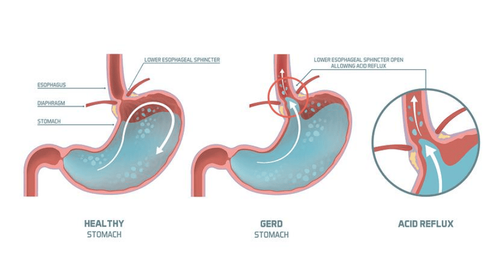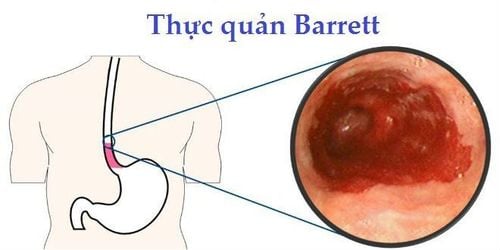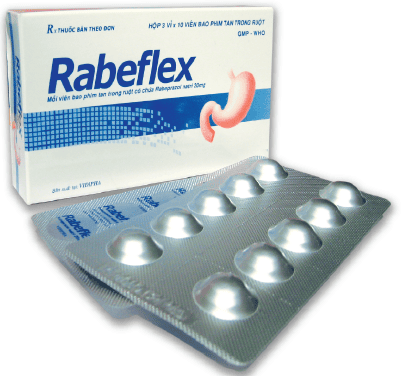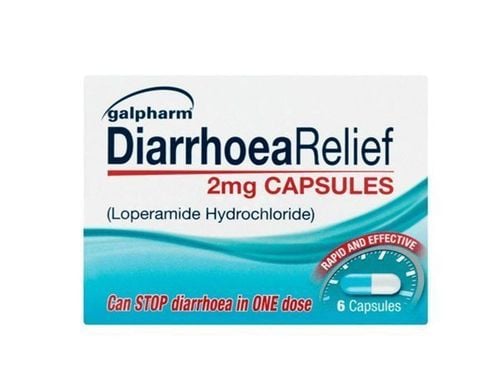This is an automatically translated article.
The article was professionally consulted by Doctor Vo Thi Thuy Trang, Department of Medical Examination & Internal Medicine - Vinmec Danang International General HospitalOccurrence of bile reflux is often associated with disturbances in the functioning of the pyloric valve and the esophageal sphincter. Symptoms of bile reflux are similar to those of gastroesophageal reflux such as upper abdominal pain, heartburn, vomiting, and nausea.
1. General
Bile reflux occurs when bile, a digestive fluid produced in the liver, backs up into the stomach, pharynx, and esophagus.Bile reflux can occur at the same time as reflux of stomach acid into the esophagus. Acid reflux can lead to gastroesophageal reflux disease (GERD), which increases the risk of inflammation of the esophagus tissue (esophagitis).
Bile reflux and gastric acid reflux are two separate diseases. Bile is often suspected to be associated with GERD when people respond uncharacteristically or completely without taking strong acid-suppressing drugs. But there is little evidence to pinpoint the effects of bile reflux in humans.
Unlike acid reflux, bile reflux cannot be completely controlled by changes in diet or lifestyle. Treatment is done with medication or, in severe cases, surgery.
2. Symptoms
The signs and symptoms of bile reflux are similar to those of acid reflux, and the two conditions can occur at the same time. Specifically:
Upper abdominal pain, which can be severe Frequent heartburn, a burning sensation in the chest that sometimes spreads to the throat, along with a sour taste in the mouth Nausea Vomiting a colored liquid yellow green (bile) Occasional cough or hoarseness Weight loss
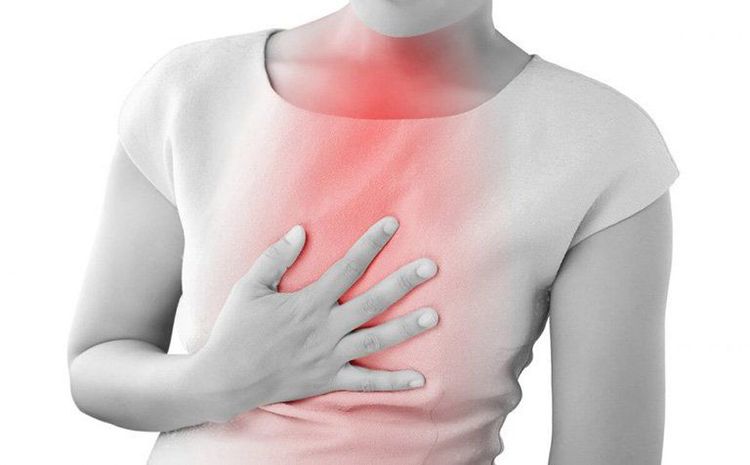
3. Cause
Bile is a yellow-green liquid that is essential for fat digestion and removal of degraded red blood cells and some toxins from the body. Bile is produced in the liver and stored in the gallbladder.Food containing small amounts of fat stimulates the gallbladder to release bile, which flows through two small tubes (cystic duct and common bile duct) into the upper part of the small intestine (duodenum).
3.1 Bile reflux into the stomach Bile enters the duodenum, mixes with food, and is pushed into the small intestine by the force of the pyloric valve - the thick muscular ring located at the end of the stomach. The pyloric valve usually opens only slightly enough to release about 1/8 ounce (about 3.5 ml) of liquefied food at a time, not wide enough to allow digestive juices to back up into the stomach. Most cases of bile reflux occur due to dysfunction of the pyloric valve. This reflux can lead to inflammation of the stomach lining (bile reflux gastritis).
3.2 Bile reflux into the esophagus Bile and stomach acid back up into the esophagus is caused by dysfunction of the lower esophageal sphincter - the muscle that separates the esophagus and stomach. Normally, the valve is only open for a short time to allow food to pass from the esophagus to the stomach. However, when the valve weakens and relaxes abnormally, bile can back up into the esophagus.
3.3 Causes of bile reflux Bile reflux can be caused by:
Surgical complications: Gastric surgery, including complete removal of the stomach (gastrectomy) and gastrectomy to lose weight can cause bile reflux. Stomach ulcer: A stomach ulcer can cause the pyloric valve to open not long enough for food to pass down the duodenum. Stagnant food in the stomach can lead to increased stomach pressure, increasing the risk of bile and stomach acid backing up into the esophagus. Cholecystectomy: People who have had their gallbladder removed have a much higher risk of bile reflux than those who have not had surgery.
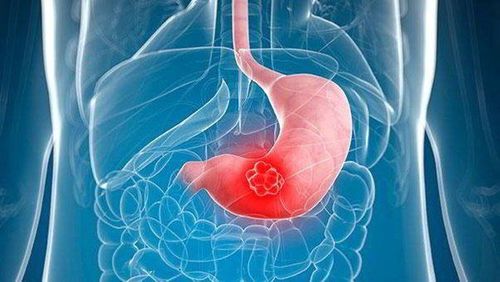
4. Complications
Bile reflux gastritis may increase the risk of stomach cancer. The combination of bile reflux and stomach acid also increases the risk of some of the following complications:GERD: GERD is caused by excess acid. Bile reflux has been identified as involved, however the extent of its influence on gastric acid reflux remains unclear. Barrett's esophagus: Barrett's occurs when the stomach is exposed for long periods of time to stomach acid and bile acids, causing damage to tissues in the lower esophagus. Damaged esophageal cells are at risk of progressing to cancer. Esophageal cancer: Esophageal cancer is rarely diagnosed in an early stage. The link between bile reflux, acid reflux and esophageal cancer is still controversial. In animal studies it has been shown that bile reflux is associated with esophageal cancer. Currently, at the facilities of Vinmec International General Hospital, there are Hepatobiliary Screening Packages performed by a team of highly qualified and experienced doctors in the field of liver and gallbladder disease screening. The support of modern equipment and medical facilities will help accurately identify problems related to the gallbladder.
Please dial HOTLINE for more information or register for an appointment HERE. Download MyVinmec app to make appointments faster and to manage your bookings easily.
Article referenced source: Mayoclinic.org




